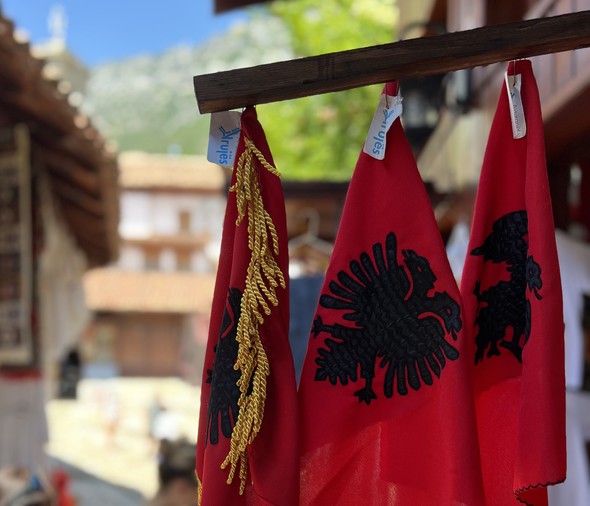All photos in this article were taken by the author
The Kosovo-Albanian border is a joke, mainly because the Kosovar Albanians have no secret goal of uniting with Albania. Accordingly, almost no one is checked at the border, and even the Kosovo border guard wants to wave us on, but is slow to realise that he should check the Hungarian car license plate.
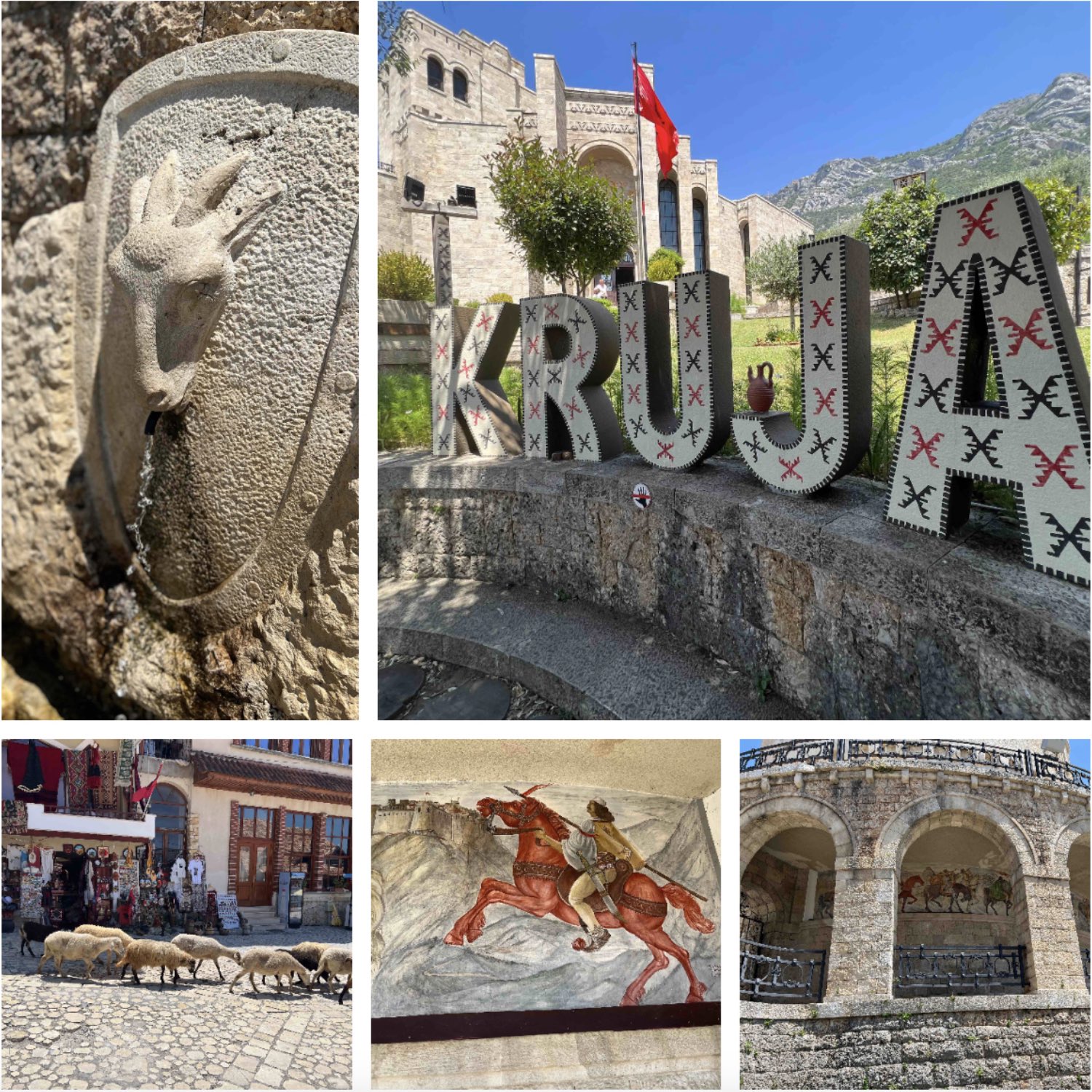
Krujë is a small mountain town north of Tirana. What attracts tourists here is that it is the birthplace (or not, but that is irrelevant, since it is where the legendary Skanderbeg lived and fought) of the local Albanian Terminator, the embodiment of Albanian independence. Gjergj Kastrioti, for that was his real name, did indeed successfully take on the Ottoman Empire, where he himself had been raised as a hostage (in the court of Edirne, where he converted to Islam). In 1443, while still a subject of the Porte, he betrayed the Sultan at the Battle of Nis (thus helping his enemy, John Hunyadi, to victory), then recaptured his ancestral estate and was rebaptised in Krujë. It was at this time that he first unfurled his famous flag with the two-headed eagle, which he had otherwise adopted either from the Serbian Nemanjic dynasty or on the Byzantine model. It was in the reign of Skanderbeg that the first Arbereshe or Albanian settlements were established in Sicily and Calabria, aided by King Ferdinand I of Naples in gratitude for the support of Ggjergj Kastrioti against the Sicilian Anjous. The heroic Skanderbeg eventually died of malaria, and after his death the Turks took Krujë (sometimes defended by 1500 men against 80,000 Turkish troops), the castle was destroyed and Albania fell to Turkish rule for 450 years. (I note in passing that Venice was a great help to this, often acting as a supply line for the Ottomans at sea. Money talks...)
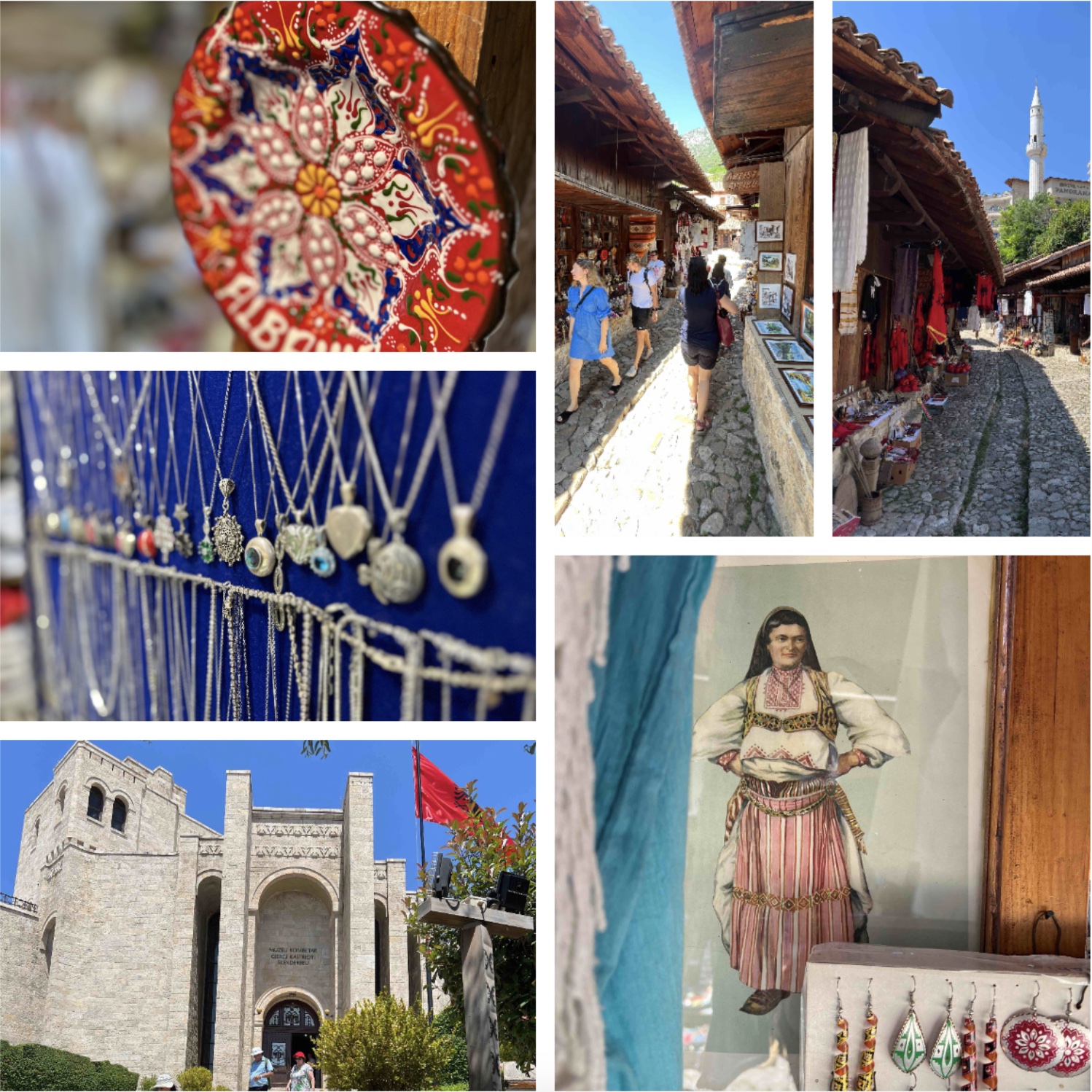
Anyone who thinks that today's citadel in Krujë is a little strange, or even alien, is not far wrong. The modern building, which today houses the Gjergj Kastrioti National Museum, was designed by the daughter of the Albanian dictator Enver Hoxha, and opened in 1982. The exhibition itself is more of a cult exhibition of the king, but the funniest thing (the king is spinning in his grave) is the Turkish bazaar under the citadel, which is similar everywhere from Erzurum to Sarajevo, but for some reason offers considerably more silverwork, especially filigree, as the town is the centre of Albanian silverwork.
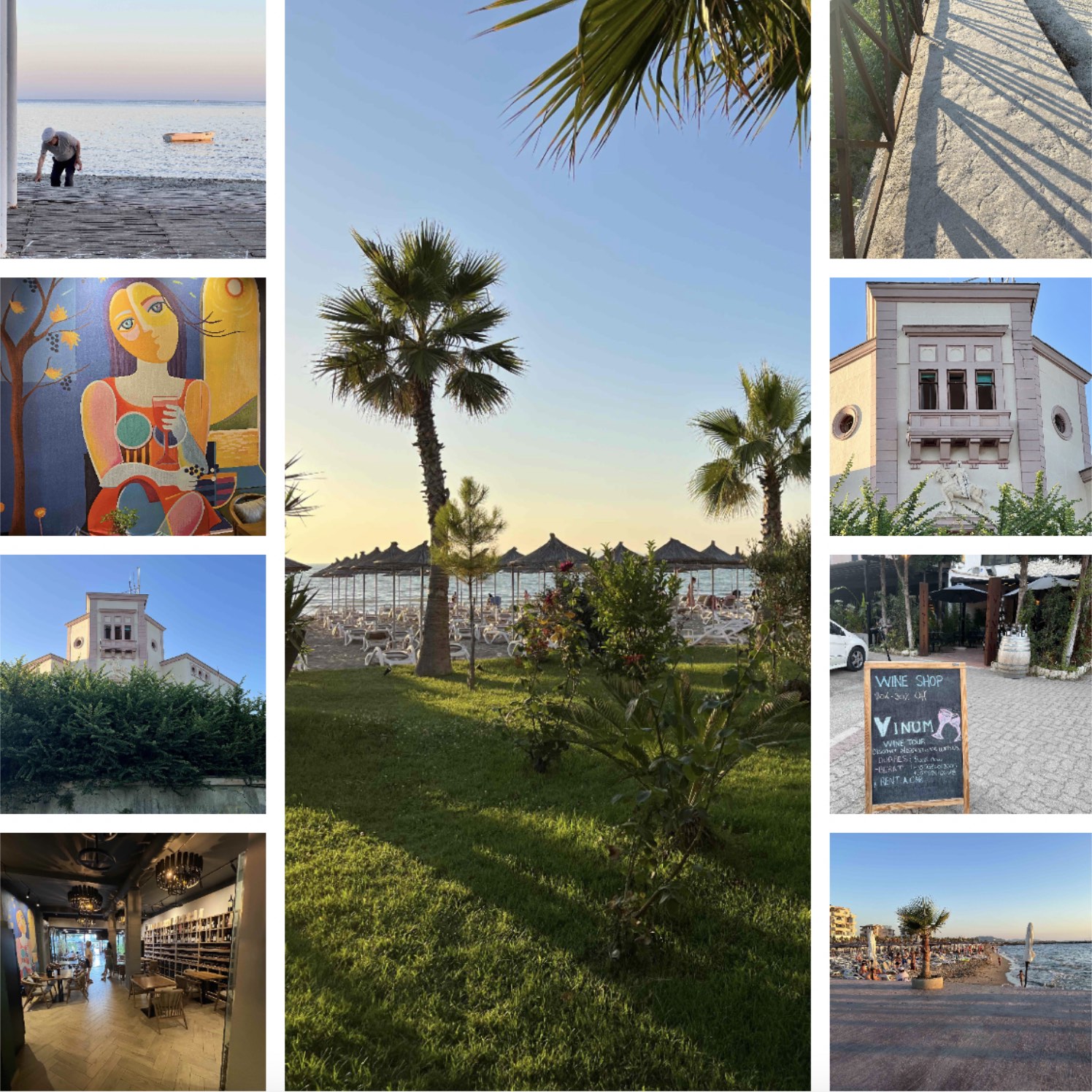
Finally we arrive at the coast, in Qerret, near Durrës. Did you know that there is a wine bar in Durrës, right next to the promenade, next to the SPAR? The Vinum Wine Bar is open until late, except for a midday siesta - at least in summer - and, most importantly, they offer not only international but also Albanian wines. What's more! Every evening there is a tasting for those interested, where you can learn a lot about Albanian wine regions, grape varieties and the country's wine history. And the burgers are delicious... And on the hill above the bar stands the former royal summer house, completed in 1937, a few months before King Zogu of Albania married the popular Gerry, aka Countess Géraldine Apponyi. The last Queen of the Albanians, Mbretëresha Xheraldinë, loved to stay here, although she had little time for the villa and the magnificent view of Durres Bay. Despite the fact that Count Galeazzo Ciano (Mussolini's foreign minister) was the king's best man at his wedding, and that Hitler sent a red convertible Mercedes as a wedding present, the Italians invaded Albania in 1939 and the royal couple had to flee. During the communist era, the building was used for representational purposes, including by Khrushchev and, in the 1990s, by former US President Jimmy Carter. There are rumours that Géraldine Apponyi's granddaughter will get it back or have it restored with her help, which is not impossible, as she has officially abdicated the throne and works for the Foreign Office, but there is no sign of that now. The windows are smashed, the garden is beaten up by weeds, there is graffiti on the walls, from what I have seen from the locked gate. A pity, it could have been one of the wonders of Albania, the former summer residence of the Hungarian Countess / Queen of Albania!
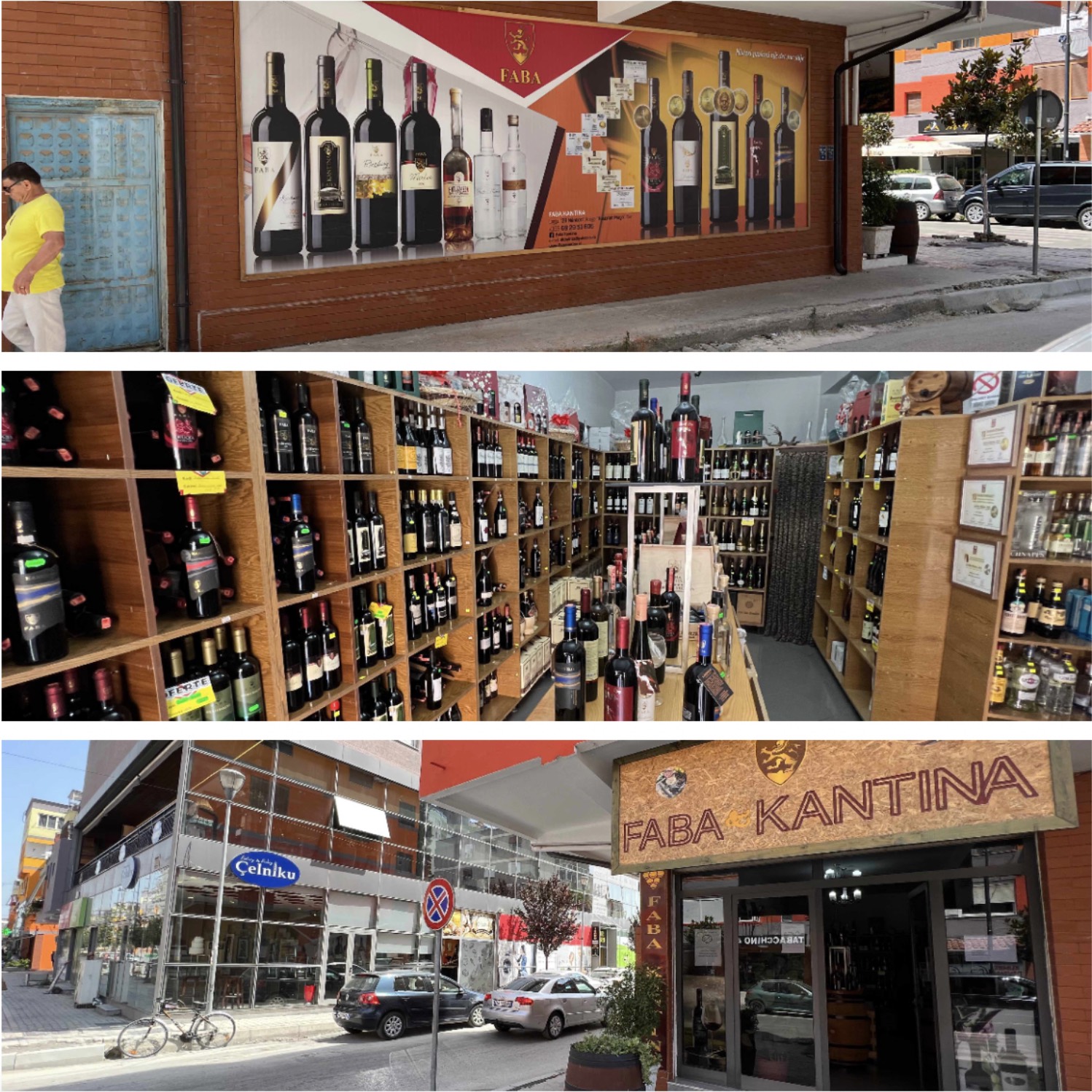
Fortunately, we had planned a trip south one day to swim in the Ionian Sea as well as the Adriatic, so we happened to pass through the town of Fier, where the award-winning winery Kantina Faba, which won a BIWC wine competition, has its own winery, so we popped in for a visit.
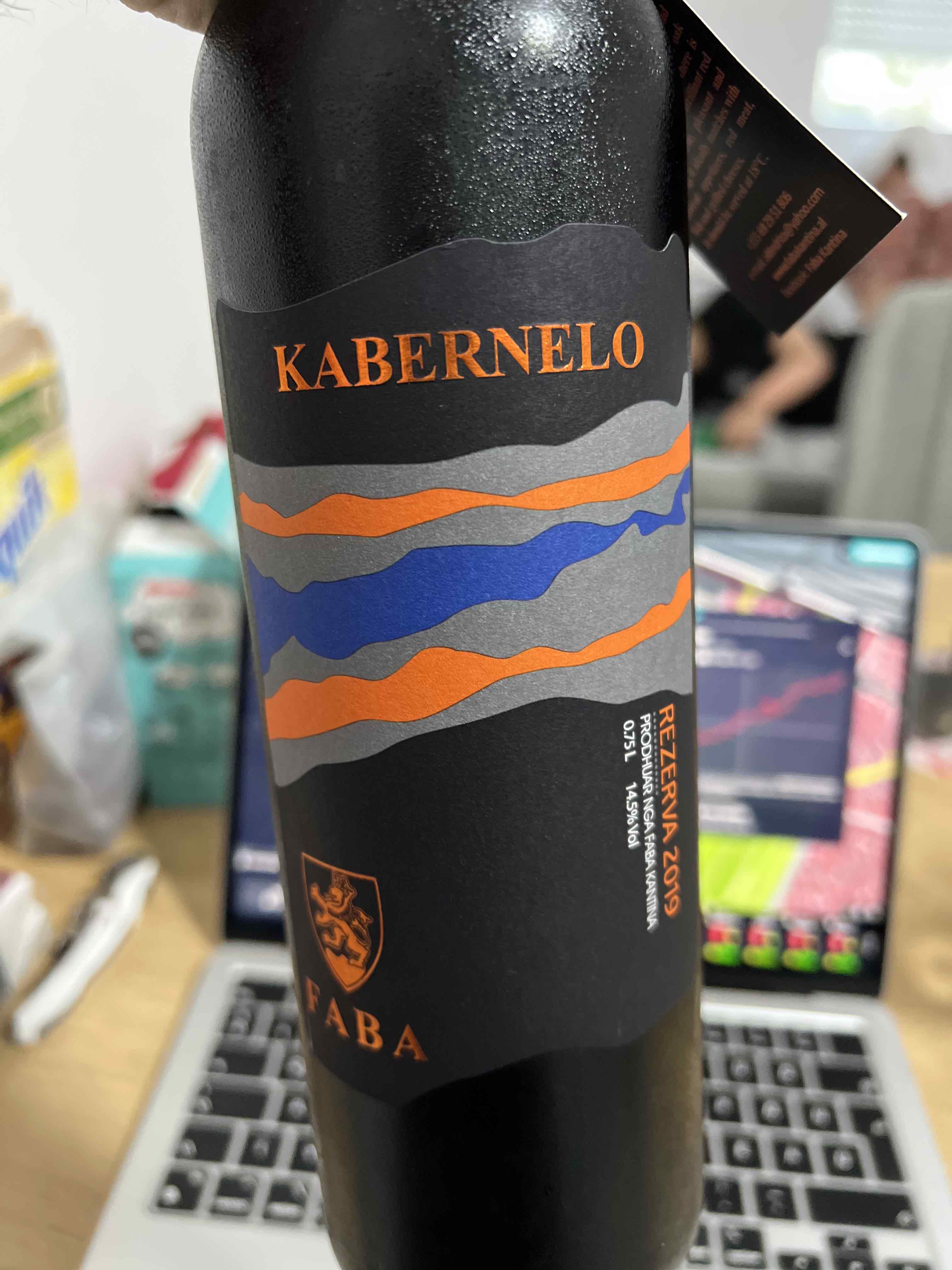
Kantina Faba Kabernelo Reserva 2019 I 91 points (14.5%, sangiovese 80% and cabsav 20%, 36 months in new barrels)
Medium garnet colour with bricky reflections. The nose has a "Tuscan dustiness" at first glance when you put baby powder on the rubber glove. As it opens, the cherry and sour cherry come in nicely, and even a little resinous piney character emerges. Tasting it, medium body, ringing acidity, the tannins support the palate nicely but don't dry it out. The palate has an explosion of fruitiness, with a long finish. Very drinkable wine!
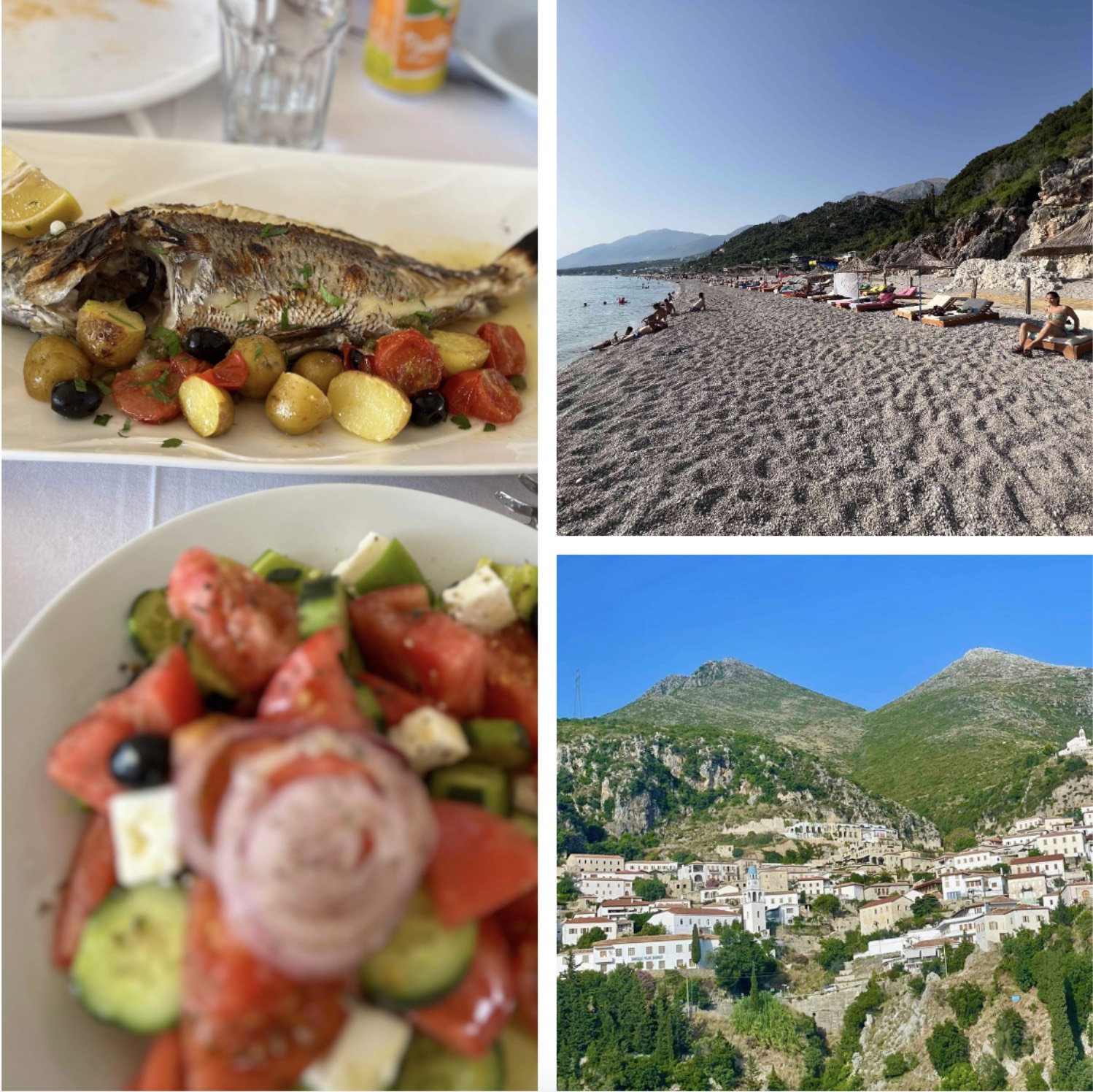
The road to the village of Dhërmi, which even the locals don't call it that (they are Greek, from ancient times, and the Greek name of the village is Δρυμάδες, or "Drymádes" in the Himariot dialect), leads from Vlora via the notorious Llogara Pass. Even Julius Caesar crossed here with his armies to confront Pompey, and I suppose the locals made and sold pine honey along the paths then as they do now. Some things don't change. Dhërmi is squeezed into a saddle by the 2,000-metre chain of the Cika Mountains and the Ionian Sea, the village built on some rocky outcrops at about 200 meters above sea level. Its Albanian and Greek-language schools were founded in the 1600s by a Greek missionary from Cyprus, Neophytos Rodinos. Nowadays, there are more and more Albanian immigrants from other parts of the country, so the Greek language is in decline. The first sign of this is that on the famous beach in Dhërmi, a 6km-long pebbly bay closed off by cliffs at either end, the waiter on the terrace of the Palladium Hotel is humming "como se dice" as he searches for English words, speaking neither Greek nor Albanian. On the other hand, the pizza and the fish (sea bass, cooked in one piece) are excellent, as are the fruit platter that follows and the coffee at the end of the meal. A wooden staircase leads up the cliffs that close off the bay to a small, hidden beach, but the €60/umbrella for the two hours, announced at 4.30pm, puts us off, leaving us with a sunbed in front of the Palladium (free, no one came to ask for money) and the crystal clear sea. This beach is a must if you are in Albania!

Finally, we leave the country for Macedonia, which means we are back on the road to Lake Ohrid and the village of Lin on its shores. This place is interesting because the early Christian basilica with its mosaic floor, located on top of the headland, has been a UNECO World Heritage Site since 2019. Well, you can just about find the site if you have time to dig around, but it's almost redundant. First of all, it's fenced and locked. However, there is a phone number on the gate and if you call it, people will come to open the ruin garden. But (!) and unfortunately there's always a but, tons of sand have been shovelled onto the mosaics, allegedly because of the sun. At my request, they shovelled it off in a corner, so at least you can guess what's underfoot. Supposedly, the floor is permanently visible in September and October, when the sun is not so strong and there are no frosts. We'll see. It's not worth the detour right now, except for the view. It hasn't left a bad taste in our mouths, but we recommend that you don't leave Albania with this experience...



